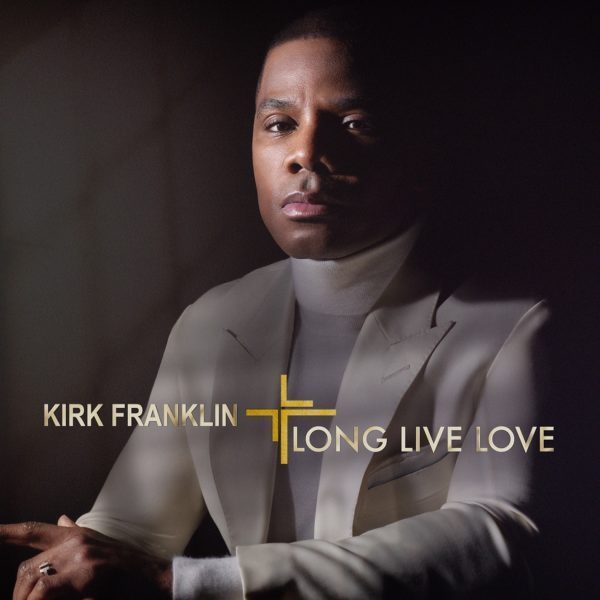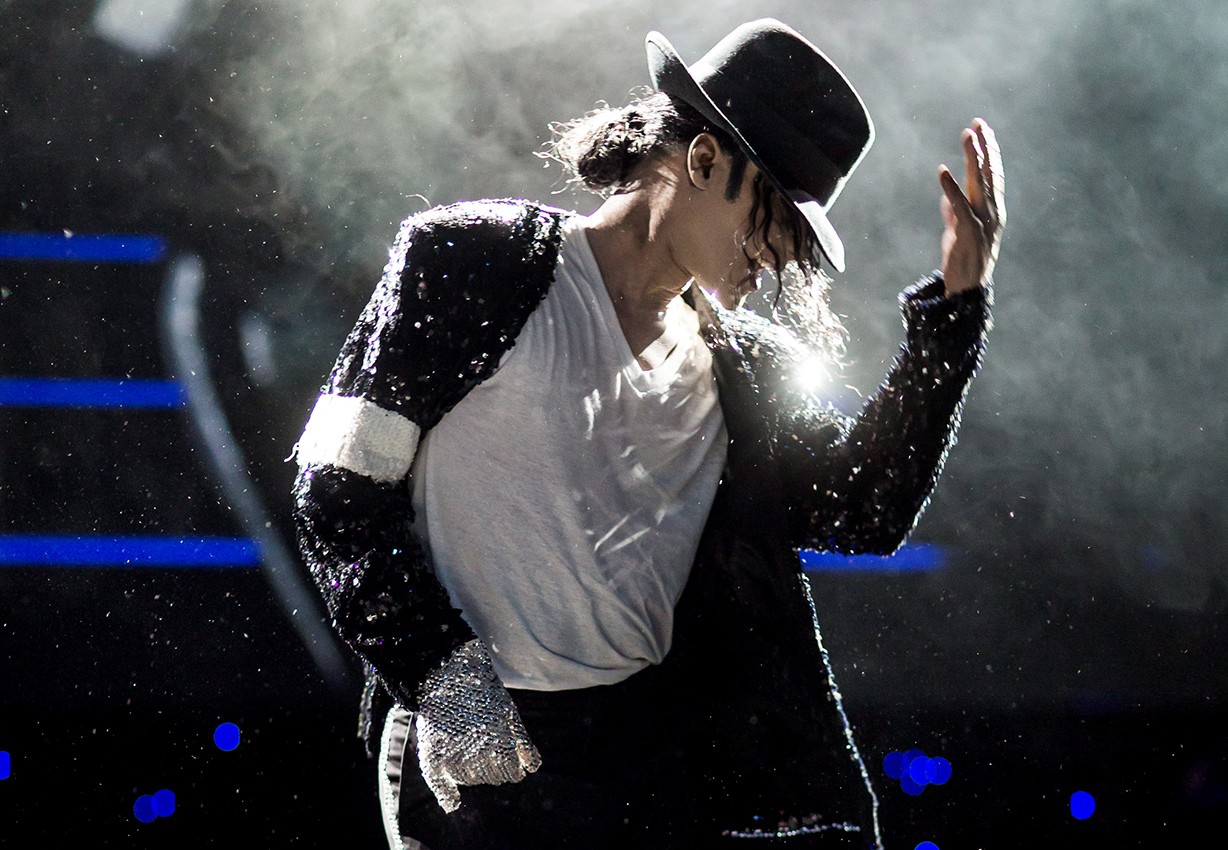

CDNs use an extensive network of servers placed strategically around the globe to distribute content quickly. That’s where a content delivery network (CDN) comes in handy. The farther viewers are from the media server, the longer it will take to distribute the stream. The single stream that first entered the media server will likely depart as multiple renditions that accommodate varying bandwidths and devices for large-scale viewing. A streaming server software or cloud streaming service can be employed to accomplish this and more. Without transcoding the original stream, reaching viewers across an array of devices wouldn’t be possible. This conversion process is critical when streaming to a variety of devices. As the media server ingests the stream, it can transcode the data into a more common codec, transize the video into a lower resolution, transrate the file into a different bitrate, or transmux it into a more scalable format. The packaged stream is then transported to a media server located either on premises or in the cloud. Common protocols include RTMP, HLS, and MPEG-DASH. These container formats travel according to a protocol, or standardized delivery method. This involves putting the components of the stream into a file format. Once the video stream is compressed, the encoder packages it for delivery across the internet. The encoder itself might be built into the camera, but it can also be a hardware appliance, a computer software like OBS Studio, or a mobile app. These two-part compression tools shrink gigabytes of data into megabytes. Content distributors use an encoder to digitally convert the raw video with a codec. Live video streaming starts with compressing a massive video file for delivery. Let’s start by summarizing the live streaming workflow and then take a closer look at the individual steps. YouTube’s David After Dentist and Netflix’s Stranger Things are both examples of VOD content.įor the purposes of this guide, we’ll be focusing on live video. Some top players in this space include Netflix, Amazon Prime, Hulu, and Sling.

Video on demand (VOD), on the other hand, describes prerecorded content that internet-connected users can stream by request. Examples of this range from video chats and interactive games to endoscopy cameras and streaming drones. With live streaming, the content plays as it’s being captured. Video streaming can take the form of both live and recorded content.


 0 kommentar(er)
0 kommentar(er)
